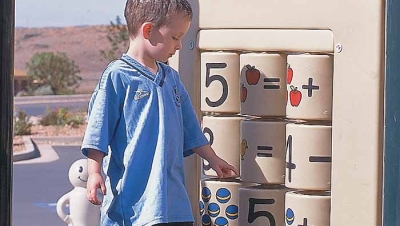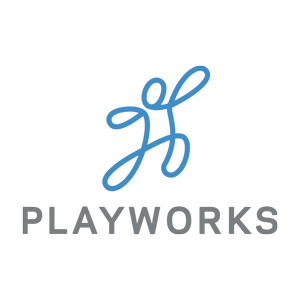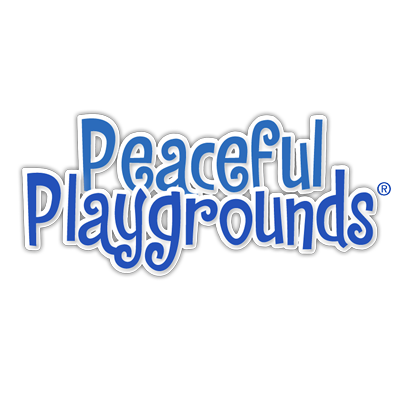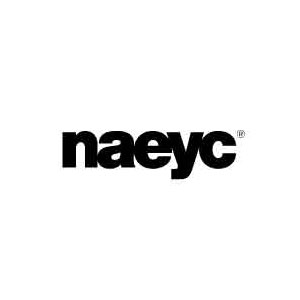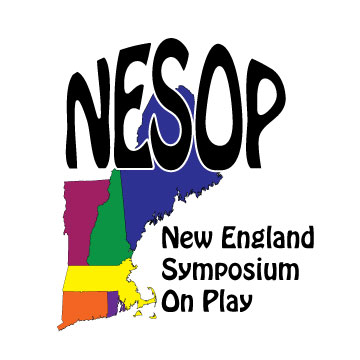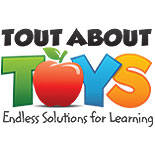Sudbury Schools, where play and learning go hand in hand
Recently, while researching models of play and learning, I came upon an article
Sudbury, which generally refers to a type of school where the students create their own curriculum, participate as equals to the educators, and individually decide what to do with their time, is a very interesting model. The first Sudbury school was created in the late ’60s in Framingham, MA. Today over 30 independently run schools exist throughout the world. In a system where there are no grade levels, no transcripts, and no college preparatory focus, 90% of students go on to college, and 42% of graduates end up as entrepreneurs.
Moreover, children who move from the Sudbury model to more traditional schools, or into higher academia, demonstrate no lack of ability to perform at or above the grade level they are assigned. Students suddenly immersed in traditional classroom settings received honors, straight A’s, and degrees, and most considered themselves to be academically superior to their traditionally schooled peers. Interestingly, several reported themselves to be disappointed with the college scene, as they imagined it to be immersed in intellectual stimulation, but instead found their peers to be more interested in drinking and frat parties.
The primary premise of the Sudbury learning philosophy can be summarized in the words of Aristotle, “All human beings are naturally curious.” Therefore, it can be surmised that all people are driven to learn. The schools share a fundamental belief that just as babies are driven to master crawling, toddling, walking, and speech, all of us are driven to master the potentials and interactions of the world around us. Since individuals are unique in the paths they take to mastery, so students learn as a by-product of their self-driven experiences as opposed to predetermined educational course curriculum.
By way of administration, regular school meetings are held and equally participated in by students and teachers. A student-run judicial committee handles complaints. Groups of people with shared interests can form corporations, which are chartered by the school meeting to support the pursuit of particular interests, for example the photography corporation or sports corporation. Corporations hold fundraisers and seek financial support from the school meeting to fund their projects and facilities. If students are interested in a particular topic, they work with staff and other students to organize courses and find resources. The requirement for getting a high school diploma is to write a thesis about how they are prepared to be an adult. 95% of students graduate.
What I found so fascinating was how play figures so highly into the day. Learning is self-directed and occurs informally through conversations, projects, reading for enjoyment, and playing games. The passion that students bring to their play is the same passion that they bring to their work. The seriousness that they bring to their work, they bring to their play. There is simply no difference made between the behaviors. In his book A Playful Path, Bernard DeKoven writes, “We have been taught to distrust play. Worse, we have been taught that we are not and should not be playful. We have been taught that play is childish, immature, destructive. Taught by people who have themselves lost the path, who were themselves taught by people who believed that fun was, can you believe this: sinful. Taught by people who have inherited a broken culture where common sense has been replaced by common senselessness. Taught that if we work hard enough and long enough and live a life that is dull enough, we will be rewarded – when fun is the reward.” At Sudbury schools, fun, play, and learning are interrelated.
We know from countless research studies that problem solving occurs while children are at play. If you watch children learning to brachiate (traverse monkey bars), they must solve a series of complex problems to be successful. Hand eye coordination, physics of body motion to propel the lower body in the correct way, grip strength that allows shifting of the body without holding so tightly as to reduce movement. Play is open ended. Play is not doing something that you know the answer to or even understand all the facets of. Play allows new things, and therefore new discoveries to happen. Play IS learning.
 Students at Sudbury schools don't differentiate between work and play or learning and fun. The school believes delineating class vs. recess communicates the message that work and play are separate – that classes and learning are "work" and that recess and fun are "play." Sudbury students don't have this differentiation; play leads to discovery, discovery to learning, and everything is performed with passion and intensity. They work at play like musicians work at linking notes to form music, like writers play with words to create stories, like architects play with angles and design to create buildings. With these complex games come well thought out and wholly unique solutions. Students who have been free to follow their own instincts to learn playfully have a passionate focus, generally increasing immersion and difficulty of that focus, which leads to mastery of the skill. They learn that things worth having are worth working hard to master, and they learn the feeling of accomplishment derived from this mastery. Sudbury Schools believe that learning motivated by a genuine interest is fundamentally superior to externally motivated learning, and that any interference with the genuine interests of a student by compelling or coercive teachers is counterproductive to learning.
Students at Sudbury schools don't differentiate between work and play or learning and fun. The school believes delineating class vs. recess communicates the message that work and play are separate – that classes and learning are "work" and that recess and fun are "play." Sudbury students don't have this differentiation; play leads to discovery, discovery to learning, and everything is performed with passion and intensity. They work at play like musicians work at linking notes to form music, like writers play with words to create stories, like architects play with angles and design to create buildings. With these complex games come well thought out and wholly unique solutions. Students who have been free to follow their own instincts to learn playfully have a passionate focus, generally increasing immersion and difficulty of that focus, which leads to mastery of the skill. They learn that things worth having are worth working hard to master, and they learn the feeling of accomplishment derived from this mastery. Sudbury Schools believe that learning motivated by a genuine interest is fundamentally superior to externally motivated learning, and that any interference with the genuine interests of a student by compelling or coercive teachers is counterproductive to learning.
Moreover, it is a fundamental philosophy of the school that when natural and playful learning is encouraged, students have the capacity to learn as the need arises. There are no timetables on when a skill must be learned, and children may spend days, weeks, or years perfecting skills like reading or math. Therefore they do not become frustrated at the inability to “keep up” but rather enjoy the process of learning, and sharing their love of a subject with other students, promoting a positive association, as opposed to the negative one fostered with creating age or grade level related milestones. Older children share learning space with and mentor younger ones. Those highly skilled and motivated by a particular subject share their fascination and positive association with those who are not so intrinsically motivated. There are no math “problems,” math is a mystery to be solved, and embraced in the process.
Finally, play is used to fuel the emotions used in creative problem solving. As people play, anger, joy, love, arguments, agreements, negotiations take place, so that the players learn how to integrate emotions into actions in a productive manner, and how to use play as the basis for discipline and the commitment to success. Think of play when there are rules to the games, such as in computer games and team sports, and how the players are dedicated to perfecting their performance and maximizing their actions to better themselves and bring about the greatest result within the context of the rules. One must assume that if you are schooled to follow and excel in your areas of interest, you will emerge from school with a greater understanding of how and where to apply your skills and passion to create a rewarding career, and have fun while doing it. If you can think about play in a new way, as the basis to learn, then you have the beginnings to understand how the Sudbury model works.
“In the beginning it was fun. In the end, it was all for fun. And in between is where it tickles most.” - Bernard De Koven
What do you think of the Sudbury model? Is it a better way to school? Would you have excelled in this type of school environment? Is play underrated in schools today as a way to learn? We’d love to hear your thoughts!
Additional Resources
Daniel Greenberg, Worlds in Creation. Sudbury Valley School Press, 1994.
Mimsy Sadofsky, Daniel Greenberg, Reflections on the Sudbury School Model. Sudbury Valley School Press, 1999.
Peter Gray, Free to Learn: Why Unleashing the Instinct to Play will Make Our Children Happier, More Self-Reliant, and Better Students for Life. Basic Books, 2013.





